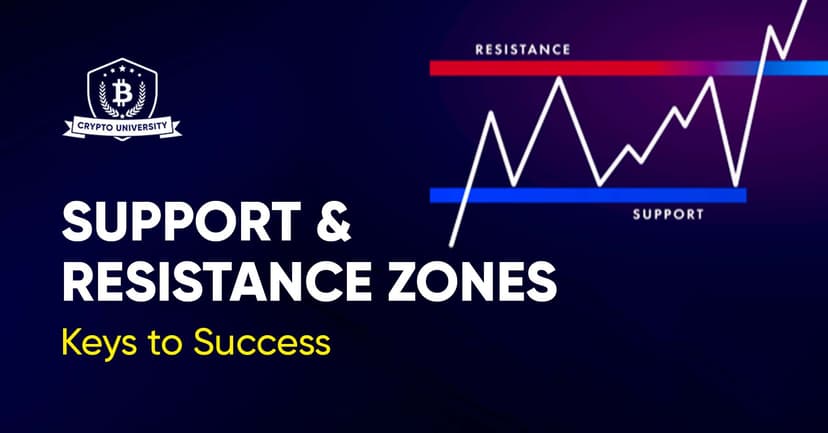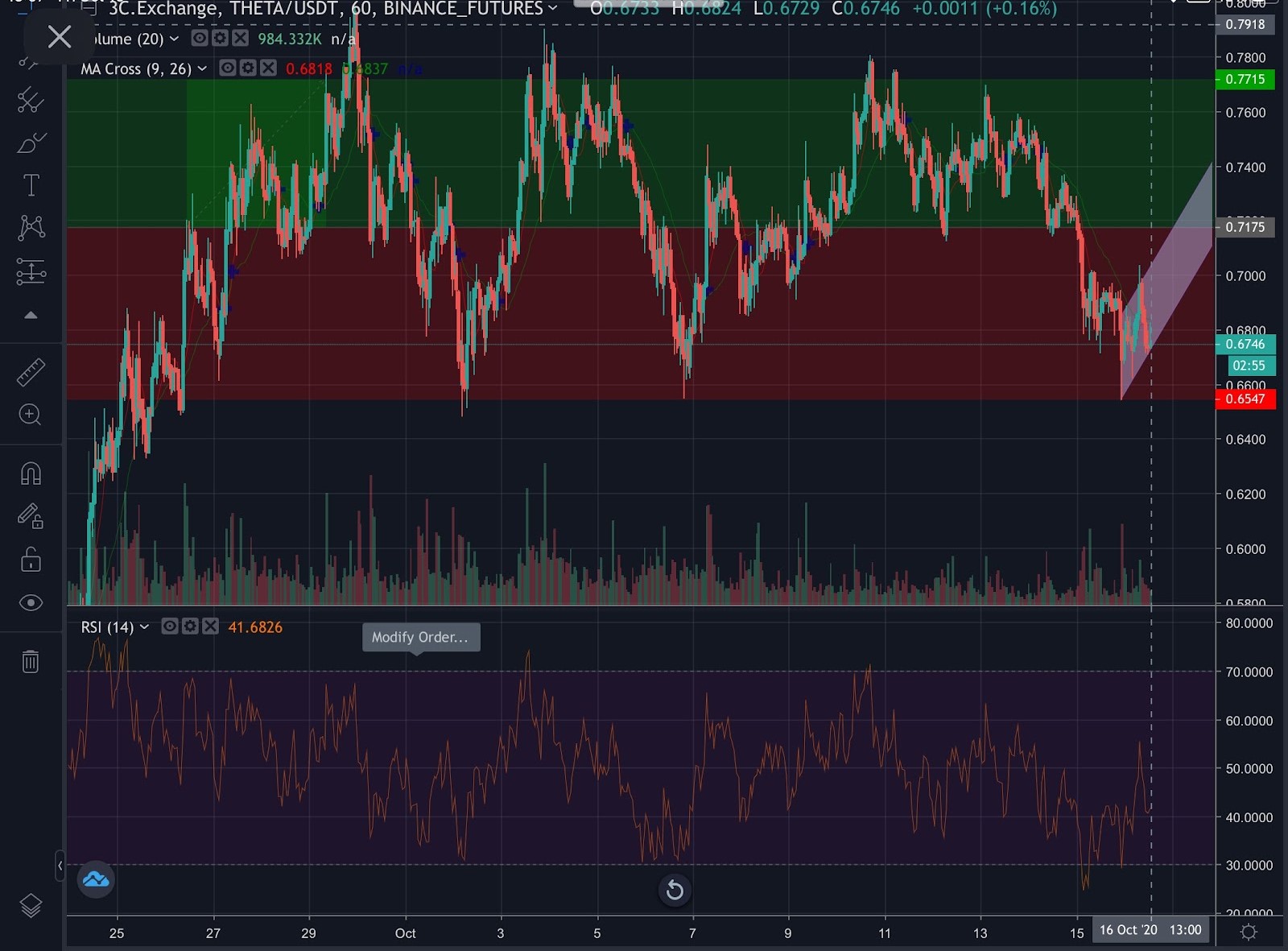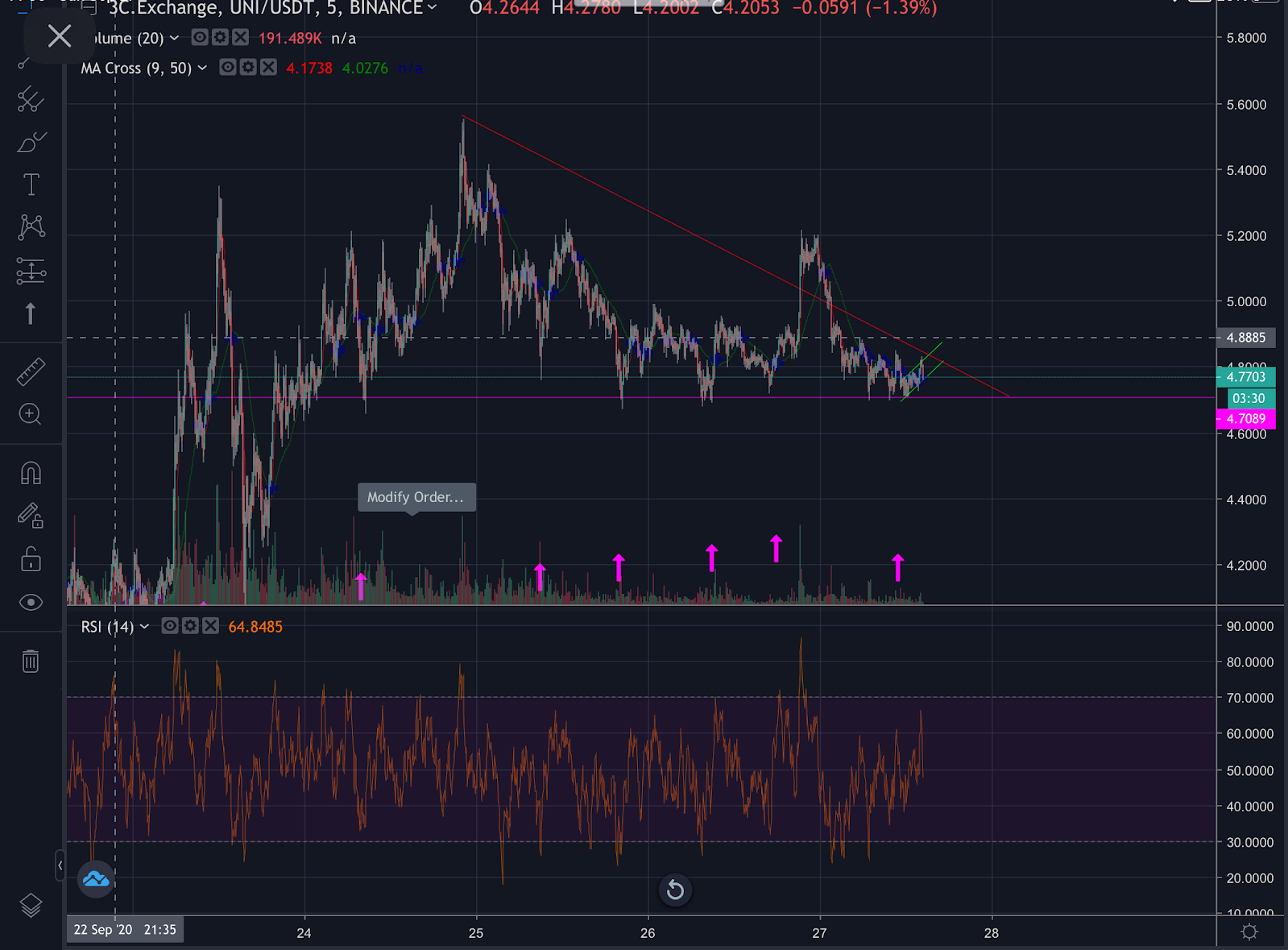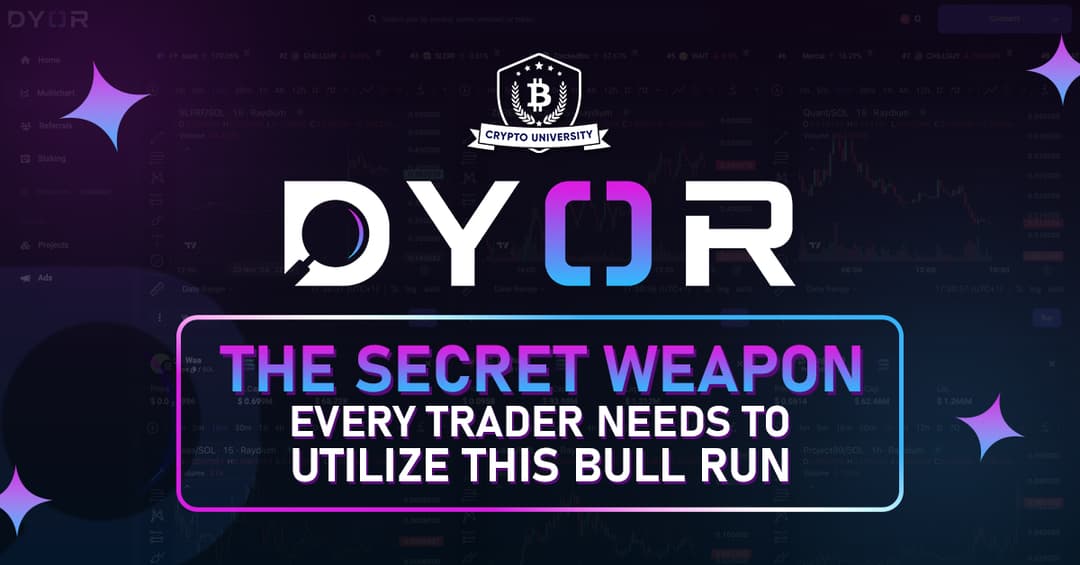No Adverts are available No Adverts are available
No Adverts are available
Support And Resistance Zones - Keys To Success
Edward Gonzalez • 31 March 2022
 No Adverts are available
No Adverts are availableAs a trader, you always have to pay close attention to price action. In trading, price is king, and it will tell you all you need to know. The wonderful thing that all markets have is history. The markets will tell you where the sweet spot is on the chart. These sweet spots, known as support and resistance, will be the foundation for everything you do as a trader.
A sweet spot on the chart is a support or resistance zone. You may be familiar with the concepts of support and resistance; however, support and resistance zones are different from what many traders characterize as support and resistance. A support zone is an area or a price range that a currency pair struggles to go below. A resistance zone is an area or a price range that a currency pair battles to move beyond. I will call these support and resistance zones by one word – zones. Eight important characteristics of zones are as follows.
- Zones are an area, not a price point.
- Zones are like fine wine; they get better with age.
- Zones are spots on the chart where price reverses repeatedly.
- Zones may be extreme highs or lows on the chart.
- Zones are where traders find trading opportunities.
- Support and resistance zones rarely need to be modified.
- Line charts can help traders find zones.
- Zones are visible to many traders.
Identifying Zones
You may want to look at each of these eight characteristics closely. You must understand how to draw zones, why you should draw zones on your charts, and when these zones become critical for your trading.
I have an example to give you a visual understanding of zones in the chart below. The green rectangular area drawn on the chart is a resistance zone since the price struggles to go over the price range multiple times before reversing back down. In this case, the price finds resistance at the price range five times, which means that this is a valid resistance zone. The price must fail to break through a support or resistance zone at least three times before the zone is considered valid.
The red rectangular area drawn on the chart is a support zone since the price struggles to go below the range multiple times before reversing back up.
When you have identified the major support and resistance zones, you can form another level between your zones to find your entry options and accurately measure your gain/loss ratio.

Using the example from the photo above, after the price failed to break through this resistance zone for the third time, we could have “shorted” the currency pair to make a profit by predicting the price was going down. It is the most basic way to make money trading a resistance zone, betting that the price will fall after failing to break above it.
Following the same example from the photo above, after the price failed to break through the support zone, for the third time, we could have “gone long” on the currency pair to make a profit by predicting the price of the currency was going to rise. It is the most basic way to make money by trading a support zone. Support zones are some of my favorite zones to take entries. Now, let’s take a closer look at a support zone.

In the chart above, the pink line depicts a support zone. It is a support zone because the price struggles to go under the price range multiple times before reversing back upwards. In this case, the price touched the area at least four times without being able to break below the price range, which means that the zone is valid. After the third test of the support zone, we could open a long position, expecting the price to reverse and go back up.
More About Zones
A problem you may incur when dealing with zones is that it is difficult to determine precisely where to draw a zone. Please understand this is the nature of zones. Zones identify an area on the chart and not a specific point. In the photo above, the pink line indicates a fine point. It is not the case of every support/resistance role. Remember that you do have some leeway in drawing your zone. It’s not essential to nail down the area to a specific price point on your chart, but you must identify the area on the chart where you will look for a reversal. The touches on the zone will not always be perfect. Some touches will come close to the area, while others extend deep into the support or resistance zone.
You will notice about both of these charts that there are times when the price goes below a support zone and then comes back above it, or times when the price goes above a resistance zone and then back below it. It is natural and does not mean that the resistance or support zone is invalid. If a candle closes beyond the limit of support or resistance, you should only consider the zone broken if the candle that immediately follows closes beyond the limit. So, if a candle closes beyond the limits of support or resistance, be patient because the price may come back into the limits of the zone.
Please note that once breached, a resistance or support zone flips. If the price of a currency manages to break below its support zone, the same support zone will then become the new closest resistance zone. Conversely, if the price of a currency breaks above its resistance zone, that same resistance will become the new support zone. To learn more about support and resistance zones visit Crypto University.
By viewing any material or using the information within this publication you understand that this is general education material. You cannot hold any person or entity responsible for loss or damages resulting from content or general advice provided here. Trading cryptocurrency has potential rewards, but also potential risks. You must be aware of the risks and be willing to accept them in order to invest in the markets. Only trade with funds you can afford to lose. This publication is neither a solicitation nor an offer to buy/sell cryptocurrency or other financial assets. No representation is being made that any account will or is likely to achieve profits or losses similar to those discussed in any material on this website. The past performance of any trading system or methodology is not necessarily indicative of future results.
Written by Edward Gonzales © Crypto University 2022
Share Posts
Copy Link
cryptouniversity.networkblog/suppor...

Ambrose Okolo • 7 July 2025
VeChain’s Stargate: A Thrilling Leap into Decentralised Rewards Launched on July 1, 2025
Oh yes! VeChain has officially launched StarGate, a game-changing staking program that is set to ignite the blockchain world as of July 1, 2025. As part of the Hayabusa testnet and the ambitious VeChain Renaissance roadmap, Starga

